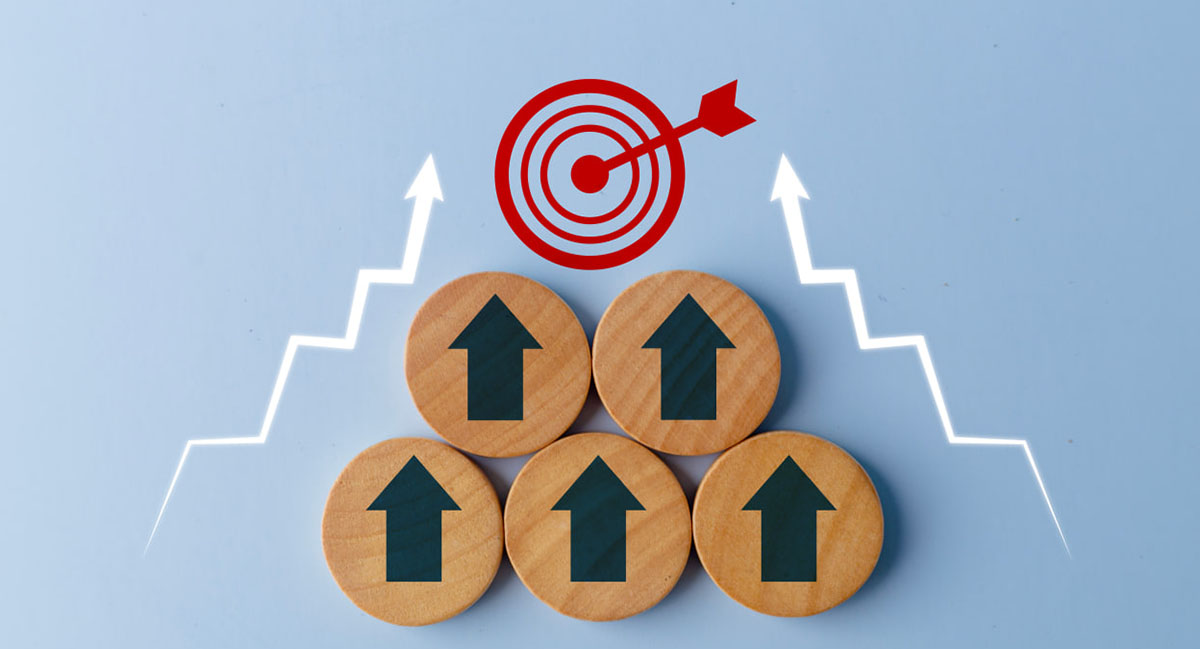The Power of Email Personalization: How to Increase Engagement & Conversions
Email marketing has become an indispensable tool for businesses aiming to build strong customer relationships and drive sales. But in an age of information overload, generic emails are easily ignored. That’s where email personalization steps in. By tailoring content to individual preferences and behaviors, you can significantly boost engagement and conversions. In this article, we’ll explore the power of email personalization, how to implement it effectively, and the impact it can have on your overall marketing strategy.
Introduction to Email Marketing
What is Email Marketing?
Email marketing is a powerful digital strategy that involves sending emails to prospects and customers. It serves multiple purposes, from brand awareness and customer engagement to lead nurturing and sales conversions. Unlike social media, email marketing allows direct communication, making it highly effective for building meaningful relationships.
Importance of Email Marketing in Today’s Digital World
Despite the rise of social media and other digital channels, email marketing remains one of the most cost-effective ways to reach customers. With an average ROI of $42 for every $1 spent, email marketing continues to be a preferred choice for businesses. The key to maximizing this ROI lies in personalization.
Understanding Email Personalization
What is Email Personalization?
Email personalization involves tailoring email content to individual recipients based on their preferences, behaviors, and interactions with your brand. This can be as simple as addressing the recipient by their first name or as complex as delivering personalized product recommendations.
Why Personalization Matters in Email Marketing
Personalized emails create a sense of relevance and connection, which leads to higher open rates, click-through rates, and conversions. Studies show that personalized email campaigns can generate six times higher transaction rates compared to non-personalized ones.
The Benefits of Personalized Email Marketing
Enhanced Customer Engagement
Personalized emails resonate more with recipients, leading to increased engagement. By delivering content that matches their interests, you create a more interactive and meaningful experience.
Higher Conversion Rates
Emails with personalized product recommendations have a higher likelihood of converting. This is because they cater to the user’s unique needs and preferences.
Improved Customer Retention
When customers feel understood and valued, they are more likely to remain loyal. Personalized emails foster trust and long-term relationships, reducing churn rates.
Types of Email Personalization
- Basic Personalization:
- Involves using the recipient’s name, location, or other basic demographic data.
- Behavioral Personalization:
- Tailors content based on user behavior, such as browsing history or purchase activity.
- Advanced Personalization:
- Uses predictive analytics to suggest products or content that the user might be interested in.
How to Collect Data for Email Personalization
- Using Sign-up Forms and Surveys: Gather data directly from users.
- Tracking User Behavior: Analyze website interactions and email engagement.
- Integrating CRM and Email Platforms: Centralize data for seamless personalization.
Crafting Personalized Email Campaigns
- Segmenting Your Email List: Divide your audience into groups based on demographics, behavior, or interests.
- Crafting Personalized Subject Lines: Personalized subject lines have higher open rates.
- Dynamic Content and Personalized Call-to-Actions: Enhance relevance with dynamic email content.
Email Automation and Personalization
- Role of Automation: Automates personalized campaigns at scale.
- Setting Up Triggered Email Campaigns: Sends targeted emails based on user actions.
- Using AI: Leverages machine learning for predictive personalization.
Case Study: EasyJet’s Personalized Email Campaign
Background: EasyJet, a prominent airline, sought to enhance customer engagement through personalized email marketing.
Strategy: The company launched a campaign that utilized customers’ travel history to create personalized emails. Each email recounted the recipient’s previous journeys with EasyJet, including destinations and dates, and suggested new destinations based on their travel patterns.
Outcome: This personalized approach led to a significant increase in email open rates and engagement. By reminding customers of their past experiences and suggesting tailored future trips, EasyJet strengthened customer loyalty and drove repeat bookings.
Source: EasyJet Transformed Email Personalization by Seeing Memories
Real-Life Example: Grubhub’s Personalized Content Integration
Background: Grubhub, a leading online and mobile food-ordering and delivery marketplace, aimed to build brand awareness and drive usage through engaging personalized email campaigns.
Strategy: Grubhub used Braze Content Blocks and personalization with Liquid to automate the process of integrating personalized content into their emails. This approach allowed them to deliver tailored content to each recipient, enhancing the relevance of their communications.
Outcome: By incorporating personalized content, Grubhub was able to create buzz and engage diners effectively, leading to increased brand awareness and usage.
Source: Grubhub Creates Buzz And Engages Diners With Personalized Emails
Conclusion: Unlocking the Power of Email Personalization
Personalized email marketing is no longer optional—it’s a necessity. By leveraging data and advanced tools, businesses can create tailored experiences that drive engagement and conversions. Start implementing email personalization today and witness its transformative impact on your marketing strategy.
FAQs on Email Personalization
-
What is the best way to start with email personalization?
- Begin with basic personalization, like using names, then gradually move to behavioral and advanced personalization.
-
How can I personalize emails without being intrusive?
- Respect privacy by using transparent data collection methods and offering opt-out options.
-
What are the best tools for email personalization?
- Platforms like Mailchimp, HubSpot, and Klaviyo offer robust personalization features.
-
How often should I send personalized emails?
- Frequency depends on your audience and content; monitor engagement metrics to find the optimal cadence.
-
Can personalized emails improve customer loyalty?
- Yes, they foster a sense of value and understanding, leading to increased loyalty.
-
Is email personalization suitable for small businesses?
- Absolutely, personalization can be scaled to fit businesses of all sizes and can be particularly effective for small businesses looking to build strong customer relationships.






